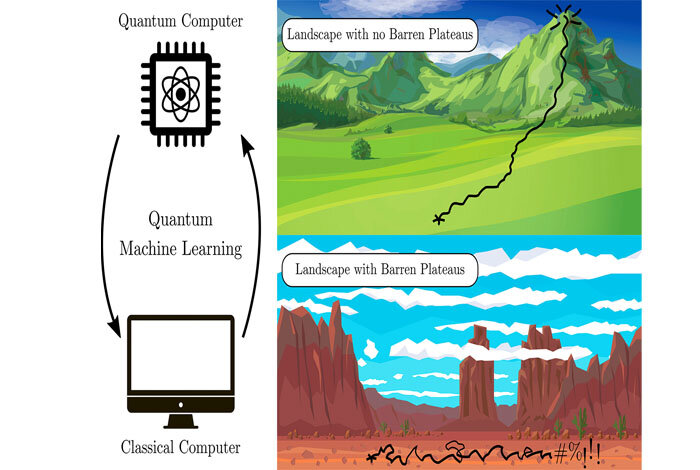A team of scientists at CERN led by MPQ physicist Masaki Hori has found that a hybrid antimatter-matter atom behaves in an unexpected way when submerged in superfluid helium. The result may open a new way for antimatter to be used to study the properties of condensed matter, or to search for antimatter in cosmic rays.
When taking a glimpse into the shadowy world of antimatter, researchers have to rely on elaborate technical tricks to keep their samples of antimatter from coming into contact with the normal matter that surrounds us. This isolation is critically important because antimatter and matter immediately destroy each other on contact. The team has nevertheless combined matter and antimatter into curious hybrid atoms of helium that remain stable for short periods of time. Now the researchers from Italy, Hungary, and Germany have submerged the bizarre atoms into liquid helium and cooled it down to temperatures close to absolute zero – where the helium changes into a so-called superfluid state.
The results of the experiments carried out at the European Organization for Nuclear Research CERN in Geneva surprised the scientists because of the precise and sensitive way that the antimatter-matter hybrid atoms reacted to laser light despite the dense liquid that surrounded the atoms.


